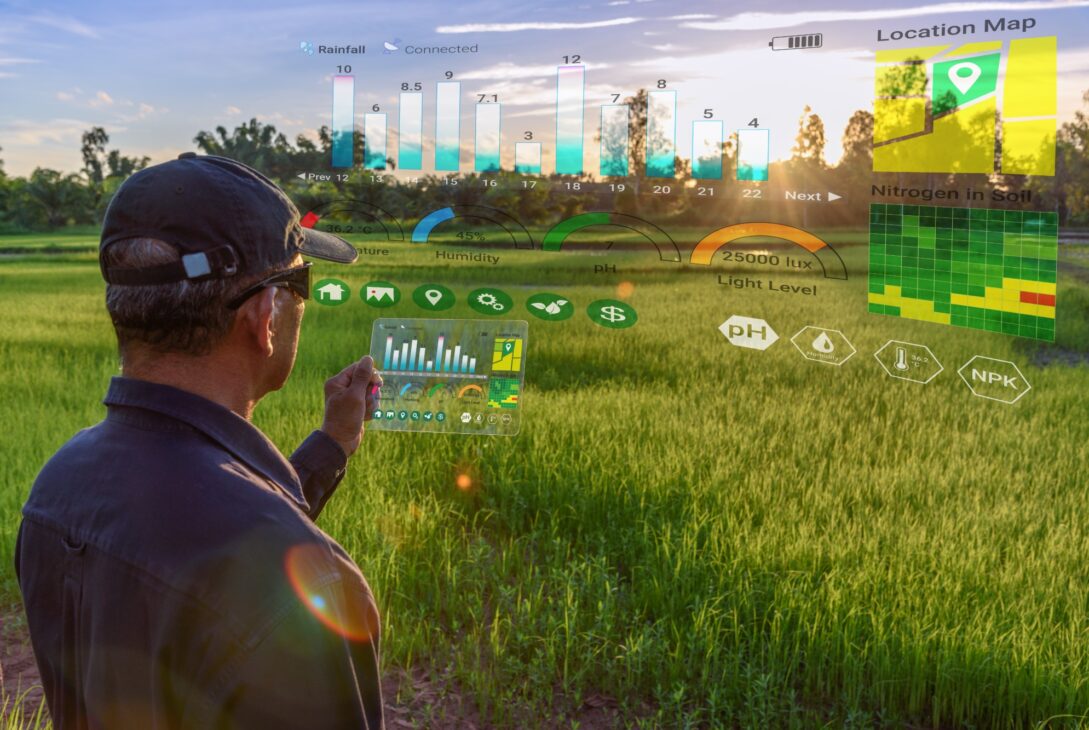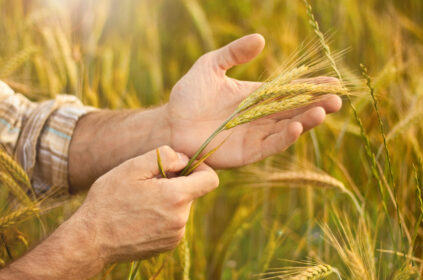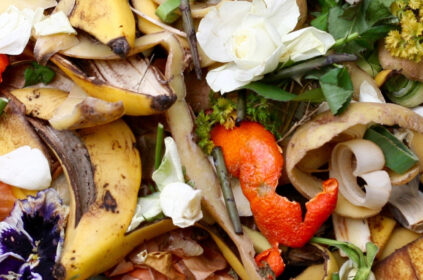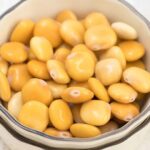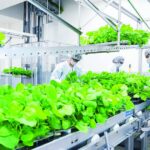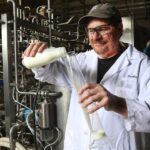It’s virtually impossible these days when we read the news not to see something about climate change and the agriculture, global warming, melting glaciers and all those happenings that can be a little scary. But, instead of despairing, there are those who are already trying to adapt to the problems that will eventually arrive. One of these adaptations is taking place in one of the most important activities for human survival, from where we get our food: agriculture. The idea is to make the agricultural system more resilient to climate change.
And why is this important? Well, we can use the case of the United States as a warning, where fires resulting from heat waves have already burned cultivated areas equivalent to almost five times the size of New York, or 362 thousand hectares.

GettyImages
And the trend is that these events, unfortunately, become increasingly recurrent. Pests, extreme events, disease and economic pressures will increasingly affect agriculture. That is why it is necessary to strengthen this sector, making plants and food, that is, the agricultural system, more resistant and resilient, especially to climate change.
The initiative in Brazil
By the way, an example of this fortification can already be seen in Brazil. A project conducted by the Center for Research in Genomics Applied to Climate Change identified fungi and bacteria present in sugarcane that favor plant growth, and then inserted these microorganisms into corn crops. The result was cornfields with greater tolerance to water scarcity and an increase in biomass by up to 3x. Most of this action is concentrated in the Cerrado of Minas Gerais, a Brazilian region that experiences adverse weather conditions.
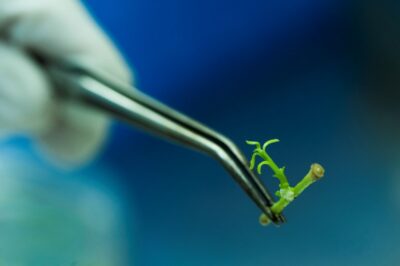
Léo Ramos Chaves/Pesquisa FAPESP
Smart agriculture
Much of this work, which is also called “climate-smart agriculture”. In other words, climate-intelligent agriculture focuses on the pillar of agriculture: seeds. Some of the ways in which this is done are: conservation of genetic diversity, exchanges and community seed banks and, in addition, genetic improvement. The latter aims to develop varieties that show resistance to diseases, tolerance to environmental stresses and greater productivity.
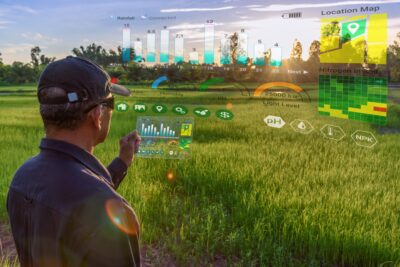
William Potter/GettyImages
Thus, it becomes possible to transform resource-efficient, environmentally sustainable and resilient food systems, providing an opportunity for agricultural transformation, sustainable economic diversification and minimization of greenhouse gas emissions.
Climate change and the agriculture are interconnected, the higher their resilience, the better their chance to thrive.
Sources: Globo.com, Agência FAPESP, European Commission, Devex, AgriBusiness Global, Mold Magazine

